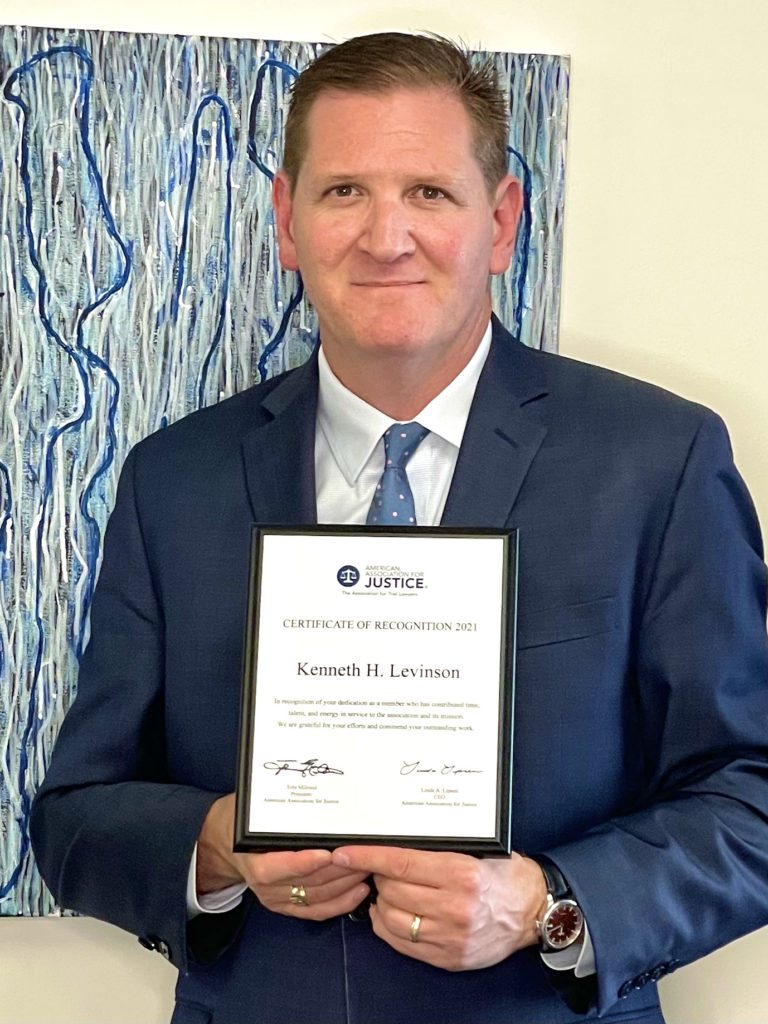As a way to help bring further modernization to the American freight industry, a pair of U.S. senators have introduced a proposal that would repeal the excise tax placed on new truck and trailer purchases.
Highway and freight committee policymakers Senators Ben Cardin of Maryland and Todd Young of Indiana have proposed a new bill that would withdraw the current 12% tax on truck sales–a tax that has been implemented for over 100 years in the United States and is considered to be one of the highest excise taxes levied on any product throughout the country. The repeal of this tax would come as part of 2021’s bipartisan Modern, Clean, and Safe Trucks Act.
“The federal excise tax disproportionately impacts electric and alternative-fueled trucks–which currently have a higher upfront cost–at a time when adoption of these technologies is needed to accelerate the transition to zero-emission vehicles and the reduction of carbon pollution from transportation,” the legislation explained.
Clean power-implementing and fleet-modernizing technologies that are making waves in the domestic truck industry could see many of their private investment opportunities diminished, some of the current tax’s opponents claim.
“Our tax policy is one of the most effective ways Congress can encourage cleaner and green energy,” noted Cardin. “The current federal excise tax has become a barrier to the progress. I am proud to support Maryland manufacturers in their efforts to innovate and deploy cleaner and safer technologies in our trucking industry. Our legislation will spur growth and competitiveness while making our roads safer and less polluted.”
A variety of House transportation policymakers have been working to repeal the tax over the last few years, as many of them believe a change in this kind of legislation is well overdue.
“It’s time to repeal this outdated and onerous tax on our Hoosier truckers,” Senator Young said. “Our bipartisan bill will open the floodgates to investment in safer and cleaner trucks and trailers that will benefit our economy and the environment.”
The excise tax, which came about in the early 20th century, has been able to increase a new truck or trailer’s cost by around $21,000, according to industry analysts. Because of this, various stakeholders, such has the American Truck Dealers (a National Automobile Dealers Association division) and American Trucking Associations have also been voicing their agreement with efforts to repeal the tax.
“The federal excise tax on heavy trucks is a relic from the First World War that’s now serving to keep cleaner, safer trucks off of our nation’s roads today,” explained American Trucking Associations president, Chris Spear. “By repealing this antiquated tax, Congress can deliver a win for the environment, highway safety, manufacturing jobs, and supply chain efficiency. We thank Senators Young and Cardin for their bipartisan leadership in advancing a common-sense solution to the benefit of American truckers and the motoring public.”
Fleets that are working to implement the newest, safest trucks (that are also best for the environment) shouldn’t be punished for doing so, many trucking companies say.
”Cummins supports Senators Young and Cardin’s effort to repeal the outdated and burdensome federal excise tax on heavy duty trucks,” said Cummins Inc.’s president and chief operating officer, Jennifer Rumsey. “This tax penalizes those who want to adopt the cleanest, most advanced technologies to reduce emissions and improve safety, and repealing it will help ensure the most efficient technologies are being deployed. We applaud Senators Young and Cardin’s leadership on this issue [of importance] to the environment, our customers, and our communities.”
Additionally, because so many fleets’ trucks need major updates–and soon–an excise for this tax is of the utmost importance for the nation and the efficiency of its trucking industry.
“On behalf of the trucking industry, we thank Senator Young and Senator Cardin for the bipartisan legislation to repeal the [federal excise tax], which will result in cleaner, safer trucks on the road,” said American Truck Dealers chairman, Steve Bassett. “With most heavy-duty trucks over 10 years old, passing this bill is crucial to help America modernize its aging truck fleet.”





